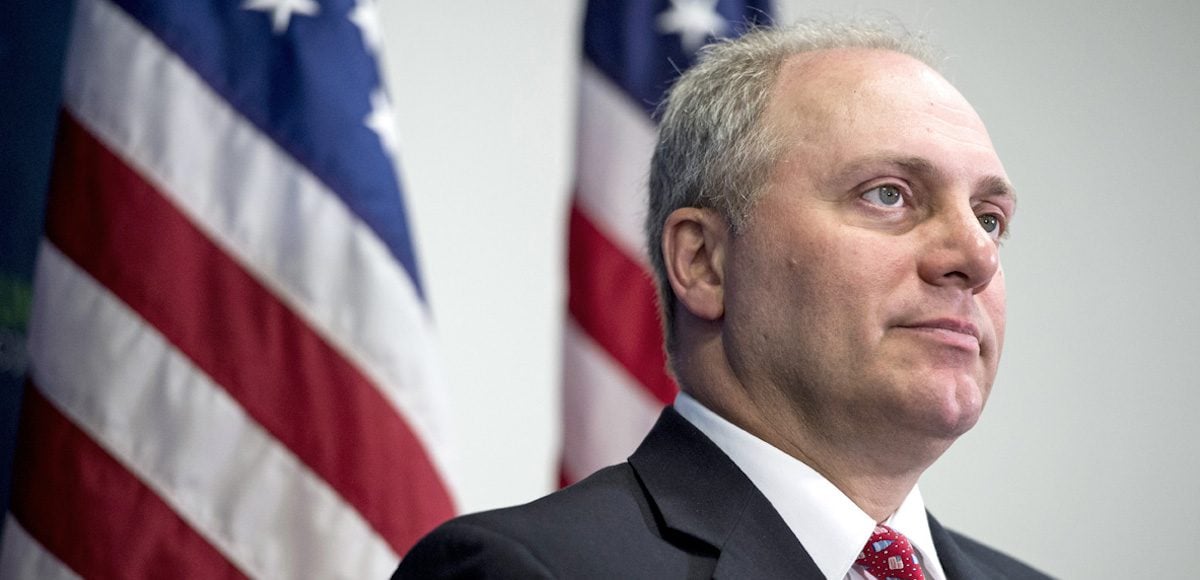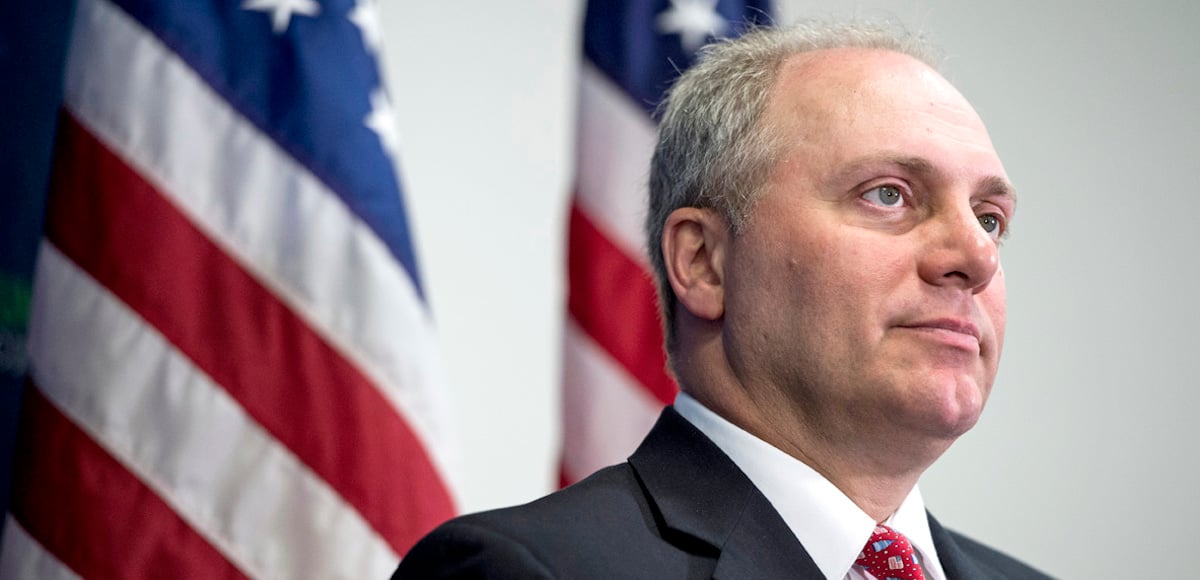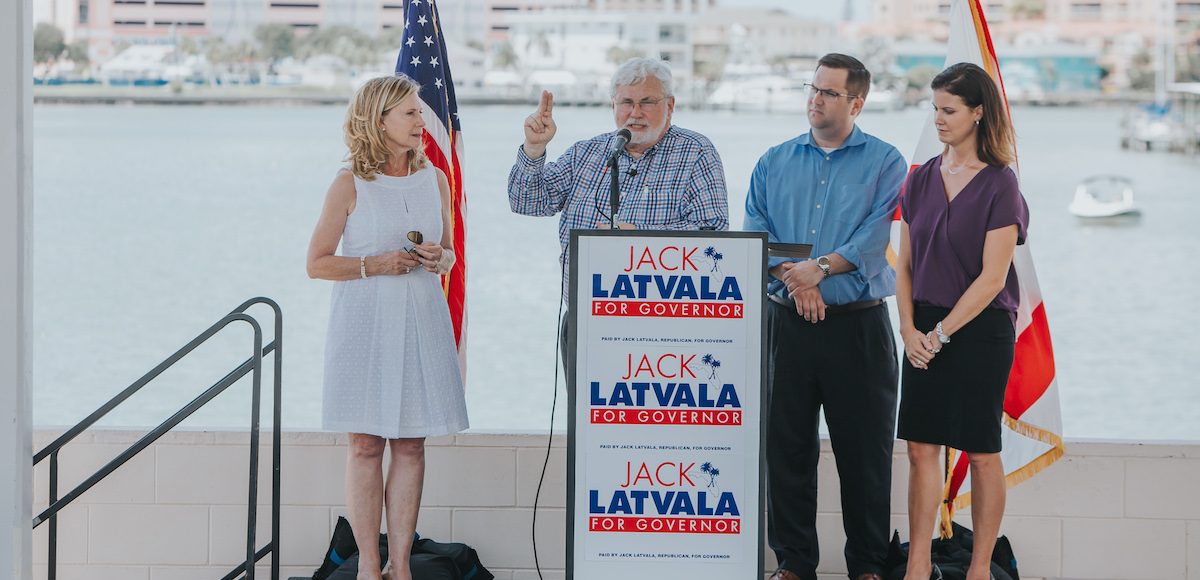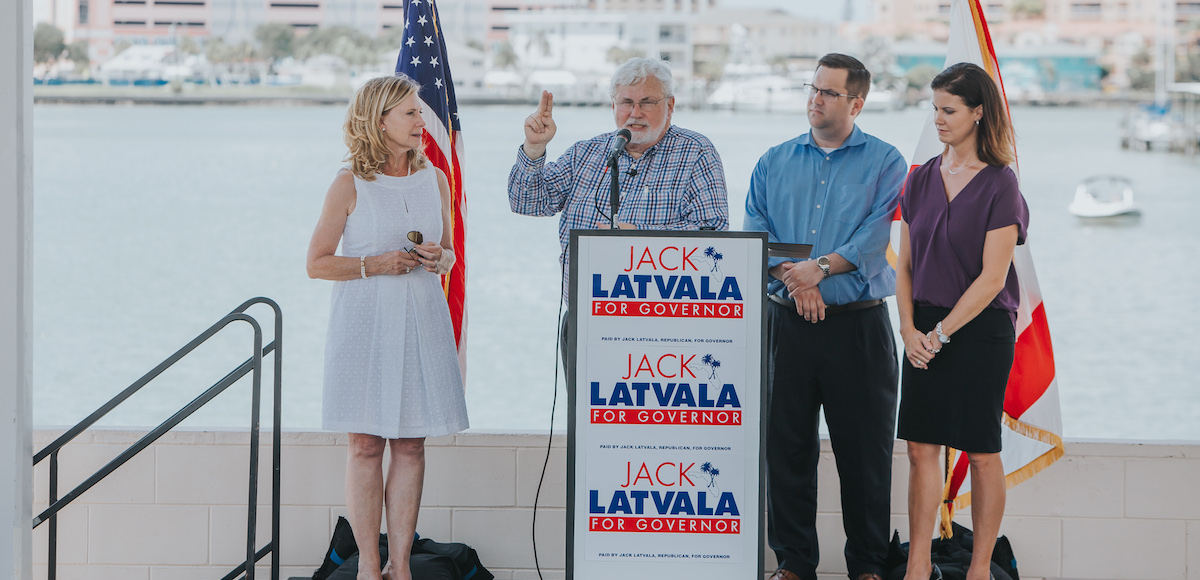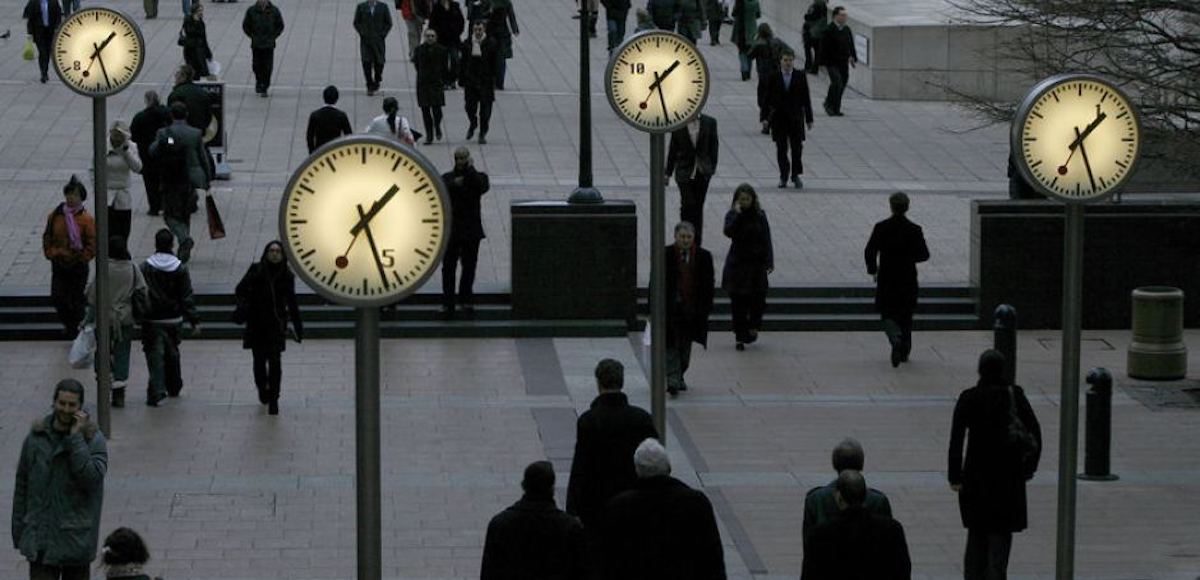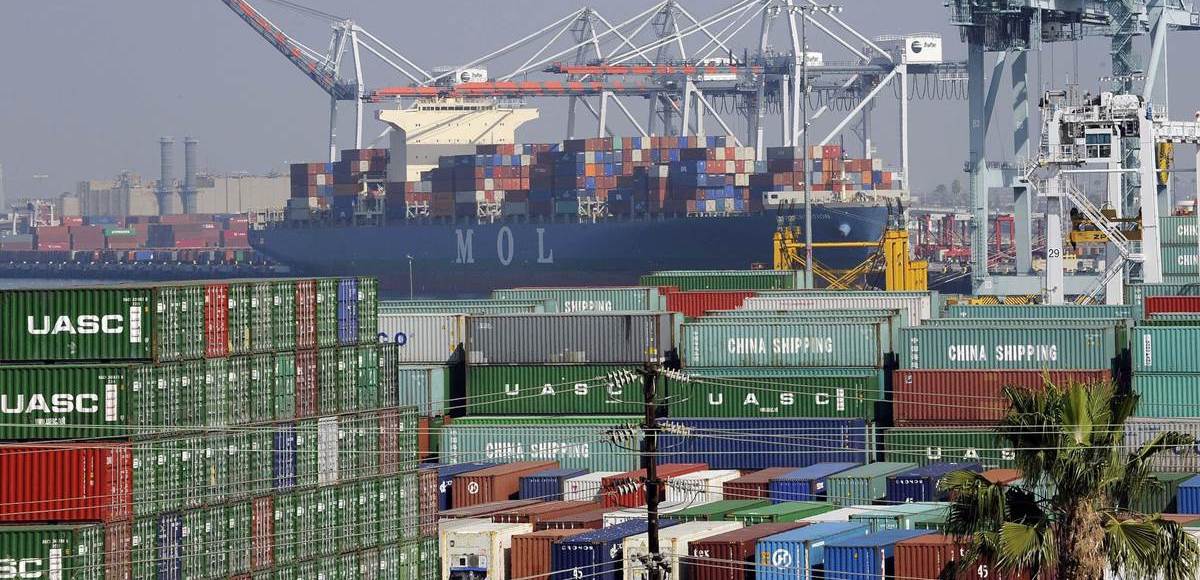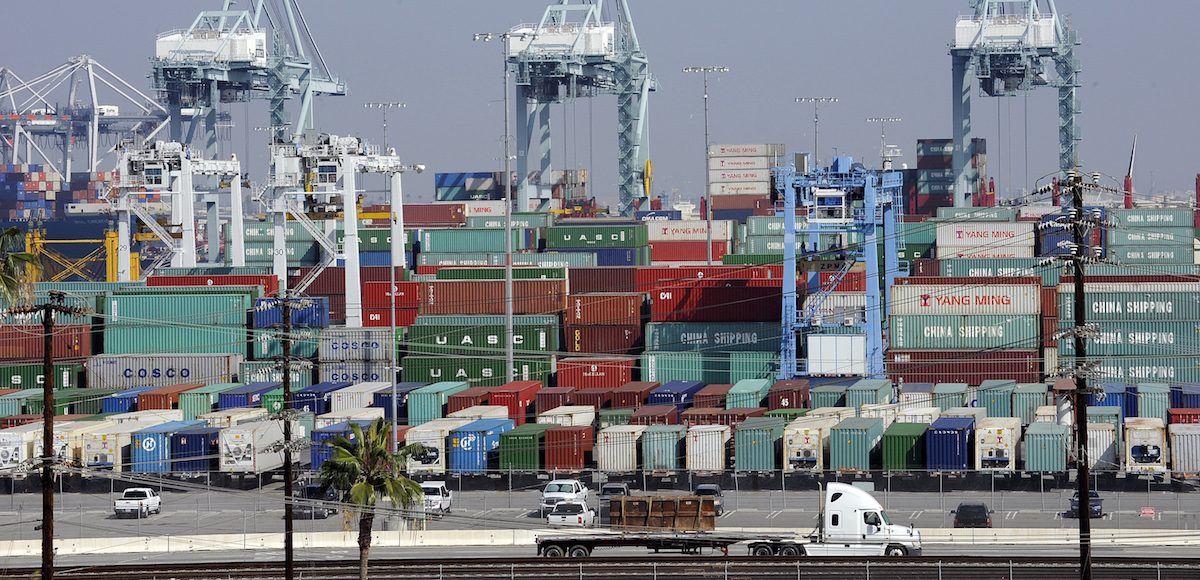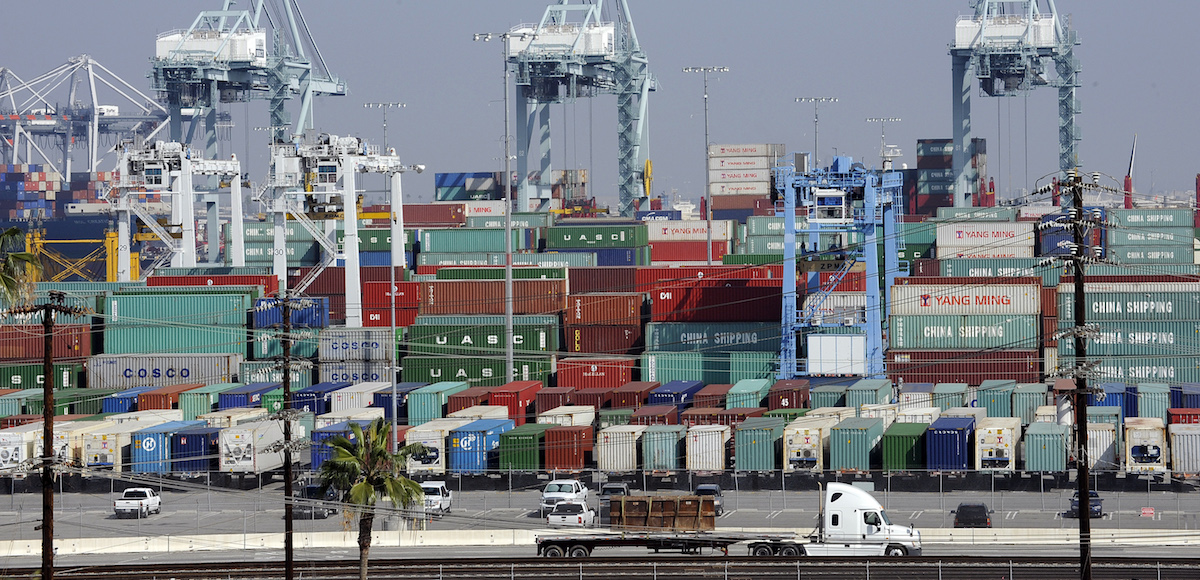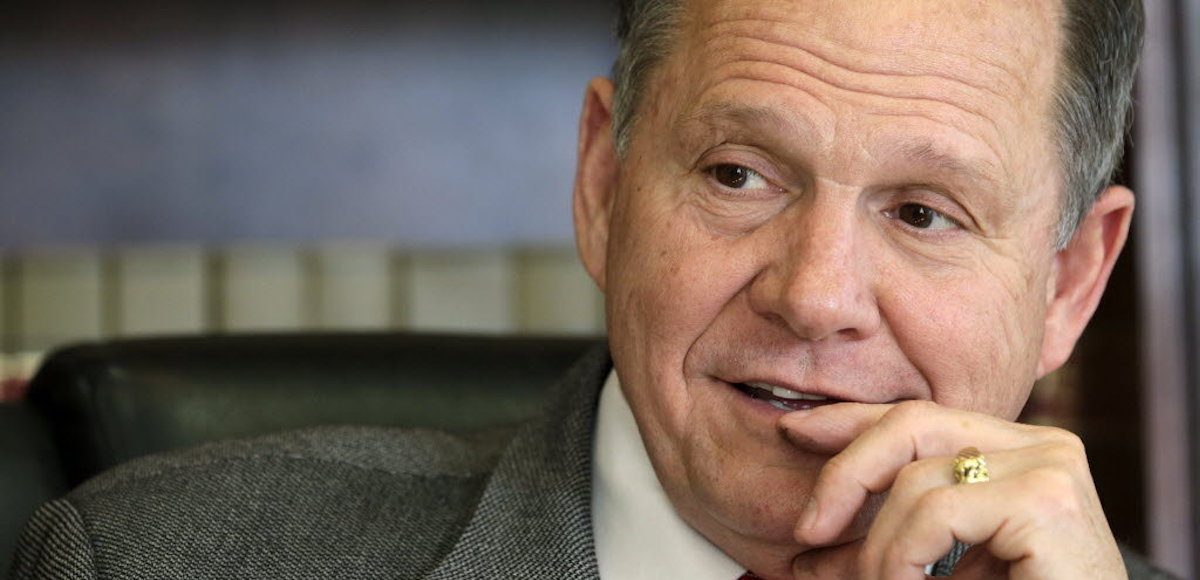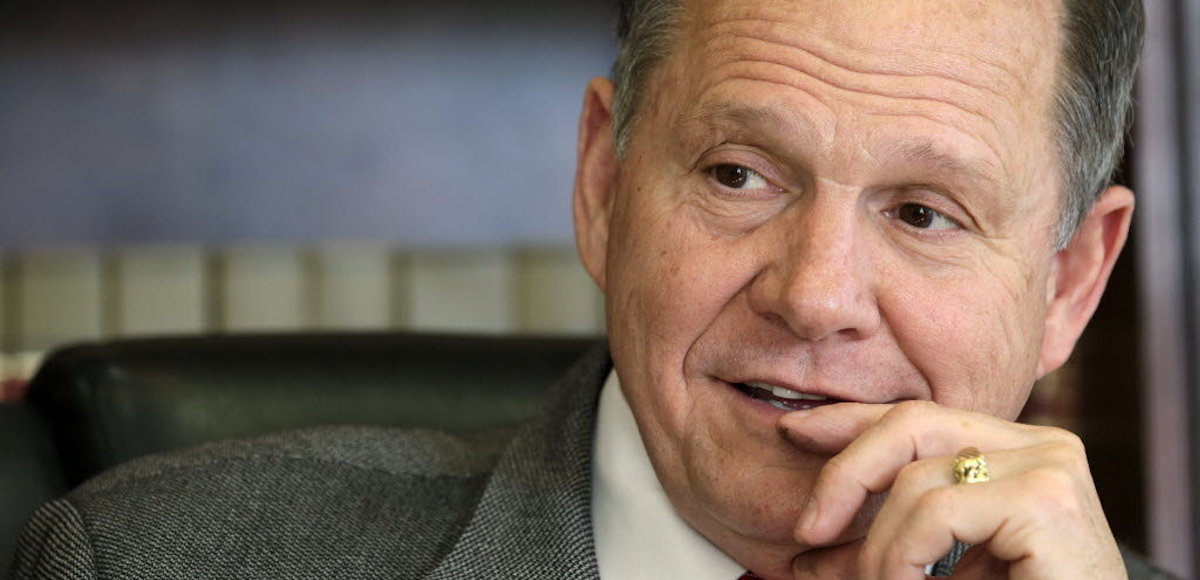
White nationalists carry torches on the grounds of the University of Virginia, on the eve of a planned Unite The Right rally in Charlottesville, Virginia. (Photo: Reuters)
Is slavery the foundational story of America? This is the question at the heart of today’s American politics from the NFL scandal to the healthcare debate. Traditionalists like Bill O’Reilly, Sean Hannity, and our editor L. Todd Wood say no. To us, slavery was a transitional event in American history, like flintlock muskets and cotton plantations.
It ended over 150 years ago when Canada, India, and Israel didn’t exist and the world was ruled by the British Empire. The Civil War that ended slavery, whether that was its primary intent or a merely a side effect, resulted in the death of over two percent of the white population of America, surely a blood sacrifice sufficient to expiate any “original sin”.
People of African descent living in America today enjoy, like all Americans, the highest level of opportunity our planet has ever had to offer. And yet they choose, yes, choose to disproportionately participate in criminal rather than legitimate pursuits, in failure rather than achievement. They choose to elect, cycle after cycle for many decades the same corrupt Democratic mayors, councilmen, congressmen, and senators that prey on them rather than advance their interests.
Large American cities with high African American populations often have black mayors, black police chiefs, powerful black congressmen, and yet crime and poverty reign supreme while education and family values are ignored.
To the other side however, the progressive side, the side making slavery into the primary foundational event of American history, its aftermath is still felt today as much as it was during the first days of Reconstruction. For these people, resurrection of slavery and its aftermath as America’s original sin for which there can be no true atonement is a powerful strategy for achieving both power and riches.
Let’s not make any mistakes here; the likes of Schumer, Pelosi, the Clintons, the Obama’s, Bernie, etc. don’t really believe any of this, nor do they care about the fate of African Americans. To them, blacks and brainwashed white elites are simply the oxen that they use to pull their gravy train. In many ways this is similar to the proto-Bolshevik “People” (Narodniki) movement of late 19th century Russia.
This movement was comprised of privileged individuals belonging to minor (in a few cases not so minor) nobility and the new bourgeoisie. They had as much in common with Russia’s peasants as Chuck Schumer has with Mississippi Delta blacks. In a striking parallel to the aftermath of the end of slavery in America, the contemporaneously freed Russian serfs had a difficult time adjusting to life as independent farmers.
The agrarian reform undertaken by Tsar Alexander II in 1861 as part of freeing the serfs balanced the interests of newly freed serfs, free land-owning farmers, and the land-owning nobility. As a result, freed serfs received plots of land, but had to pay rent in the form of a share of their harvest to the nobles who were until recently their feudal lords.
Just like in the American South, newly freed serfs made poor entrepreneurs, they were used to following orders, not running small farms. Crops failed, rents could not be paid, and the living conditions of many Russian peasants became worse after liberation than they ever were when they were in a state of serfdom. The proto-Bolshevik movement was quick to take advantage of this state of affairs to delegitimize the Tsarist government, the Russian Empire, and the Tsar himself.
Twenty years after freeing the serfs, in 1881, Alexander II, known as the Liberator, was assassinated by radical proto-Bolshevik terrorists. His son and successor, Alexander III had no choice but to tighten up security and beef up the Russian equivalent of the FBI.
While none of them was successful, Alexander III was the subject of several assassination attempts, one of which included Lenin’s brother, whose subsequent trial and execution played a key role in Lenin’s radicalization, the subsequent Bolshevik coup, and the end of the Russian Empire.
It would be fair to say that the Russian Empire did not survive its pre-industrial feudal past; it experienced two revolutions, a coup d’état, and a major civil war all within sixty years from the freeing of the serfs. In the 150 plus years that passed since that event, Russia has never regained its prominence in music, literature, representational arts, architecture, and science.
Outside of a twenty year period immediately following WWII, Russia never regained its prominence as a major world power. Russia borders today are but a shadow of its borders in 1860.
By any metric, the Russia of today is not even a pale simulacrum of what it was 150 years ago.
A major world power, a millennial culture that is one of the foundational cultures of the West, a culture that gave us Pushkin, Tolstoy, Rachmaninoff, and Tchaikovsky, that pioneered rocket science and modern chemistry was brought to its knees and for all intents and purposes annihilated by a small number of self-serving radicals, who, relying on the good faith indifference of the vast majority of the population and the crafty use of liberal bohemian elites managed to do what these people do best: destroy, pillage, torture, and kill.
The picture of the genius composer (and Russian nobleman) Rachmaninoff escaping from Russia in a horse-drawn sled across the frozen Bay of Finland with nothing but the handwritten scores of his symphonies illustrates the depth of depravity that was perpetrated on Russia by the Bolsheviks.
Current events in the United States of America are giving us cause to ask: can America survive its own pre-industrial slave-owning past? Until the election of president Obama, this question could justly be considered with nothing but ridicule; America is the primary world superpower and has maintained this status for over sixty years.
It has a stable government, a thriving middle class, and a Constitution that provides a level playing field for all. But then America elected a president who, regardless of where he was born, was simply not American. He self-admittedly has a strong dislike for America’s founding principles and considers slavery to be an original sin that negates all the good that was done by America and by Americans before and crucially after slavery was abolished.
Under Obama, America has witnessed the emergence of a nihilist neo-Bolshevik class of activists, politicians, and celebrities who are committed to its destruction, or as Obama himself said, to “fundamentally changing” it.
No one can doubt that Trump’s election was a reaction to the Obama neo-Bolshevik regime. This event and Trump’s consequent more than willing assumption of the role of America’s savior, are rapidly ripping the mask off the faces of America’s radical revolutionaries. White NFL players that stand for the National Anthem are labeled white supremacists.
The Founding Fathers themselves are being expelled from schools and universities.
As Bill O’Reilly astutely observed, white supremacy, that is the fight against it, are going to be used by the American radical Left to undermine and destroy America just as the plight of the freed serfs in Russia was used to destroy that country over a century ago. The only way to combat this is by standing up, just like President Trump is doing, and unabashedly, unashamedly speak the truth.
American slavery was an institution that was abominable in that it outlived its historic relevance by at least fifty years. The South failed to realize that slavery was immoral and unsustainable; that it was incommensurate with modernity. The South was wrong to double down on slavery as a viable institution. In the aftermath of the Civil War, the South was wrong in enacting racially discriminatory policies.
But all of that is in the past; Americans today are not racists. Anyone who knows anything about America and who has no agenda but the truth knows this to be true. Let us also not forget that the past century saw atrocities committed by leading members of the international community in comparison to which slavery was a non-event in the proper historical context.
Germans used mass poison gas attacks in WWI. Turks ethnically cleansed eastern Turkey (historically part of Armenia) from its native inhabitants by slitting the throats of more than a million people.
Stalin intentionally starved millions of farmers in the Ukraine by confiscating at gun point the last kernels of wheat from starving children. The Nazis exterminated at least half of the Jewish population of Europe, rendering countries like Poland, which pre-war had a 10% Jewish population virtually free of Jews forever. Mao Zedong imprisoned and killed tens of millions of Chinese as late as the 1960’s and in the 1970’s Pol Pot exterminated millions of his Cambodian brothers and sisters.
America, like its Founding Fathers, was not and is not perfect. But it has always been a net positive force in the world and if it is destroyed by shameless opportunists and hucksters the likes of the Clintons and the Obamas, the world will enter a dark age of tyranny not seen since the fall of the Roman Empire. It is the duty of all Americans to avoid the mistakes of their Russian counterparts and stand up to the forces of tyranny by supporting President Trump and the American Constitution.


